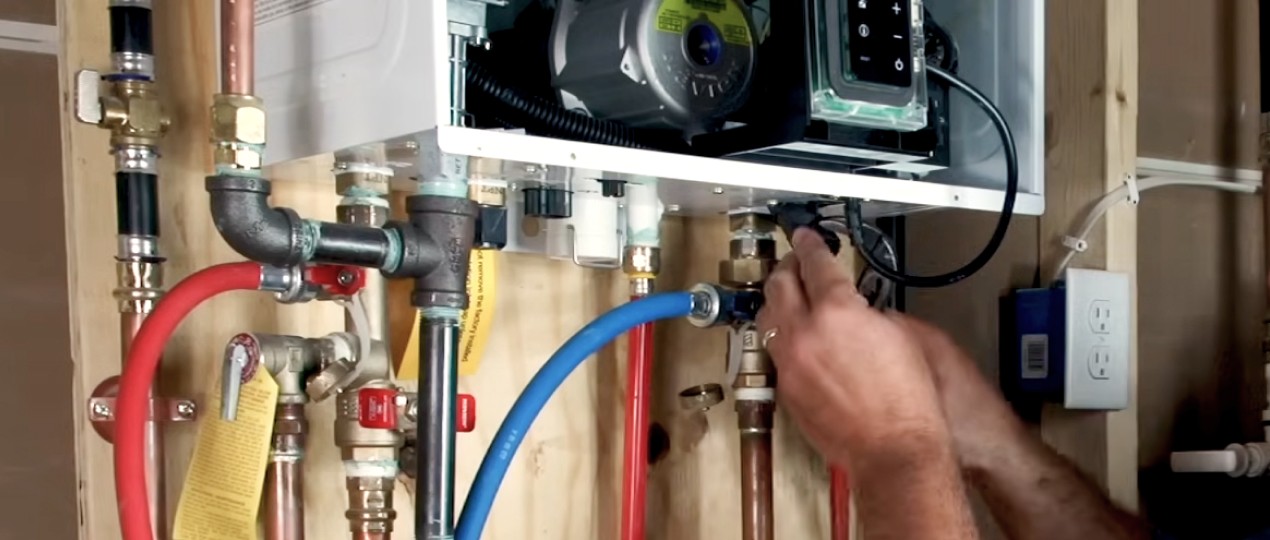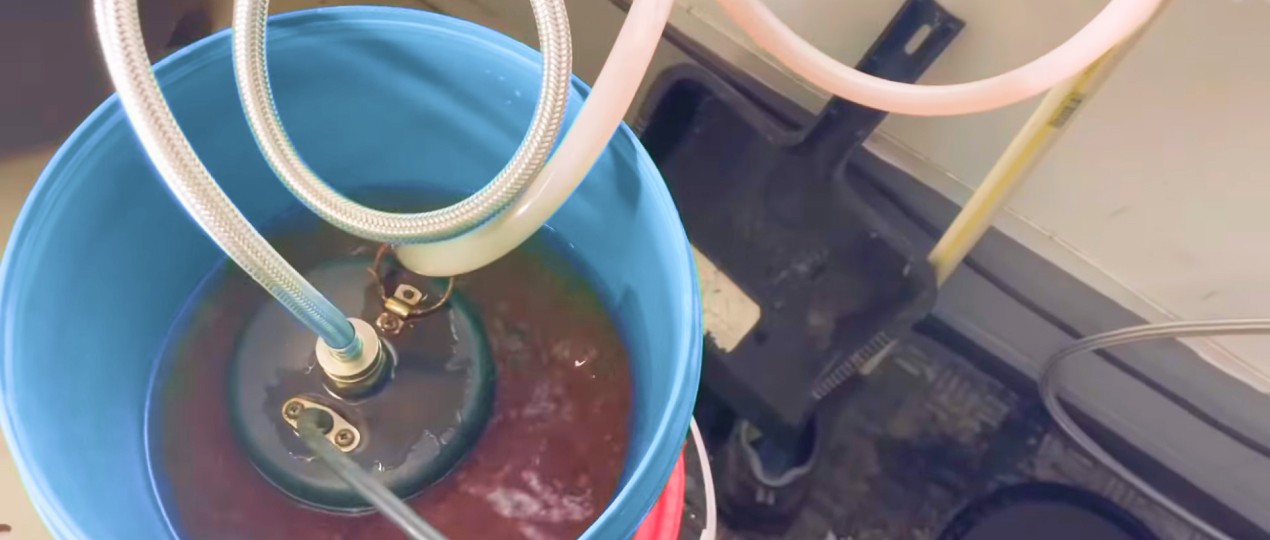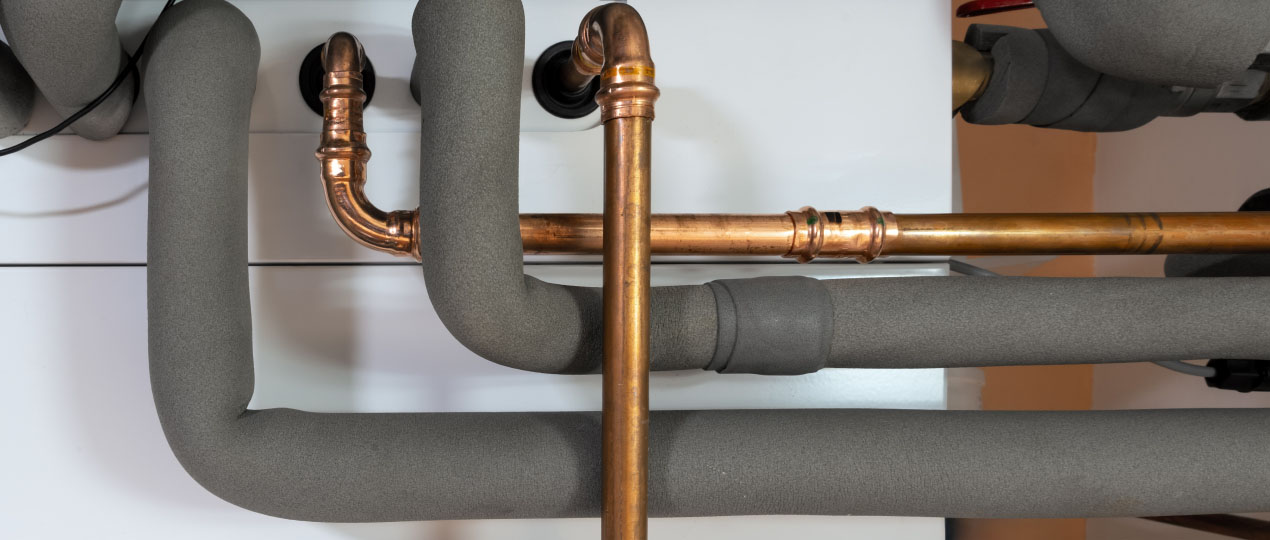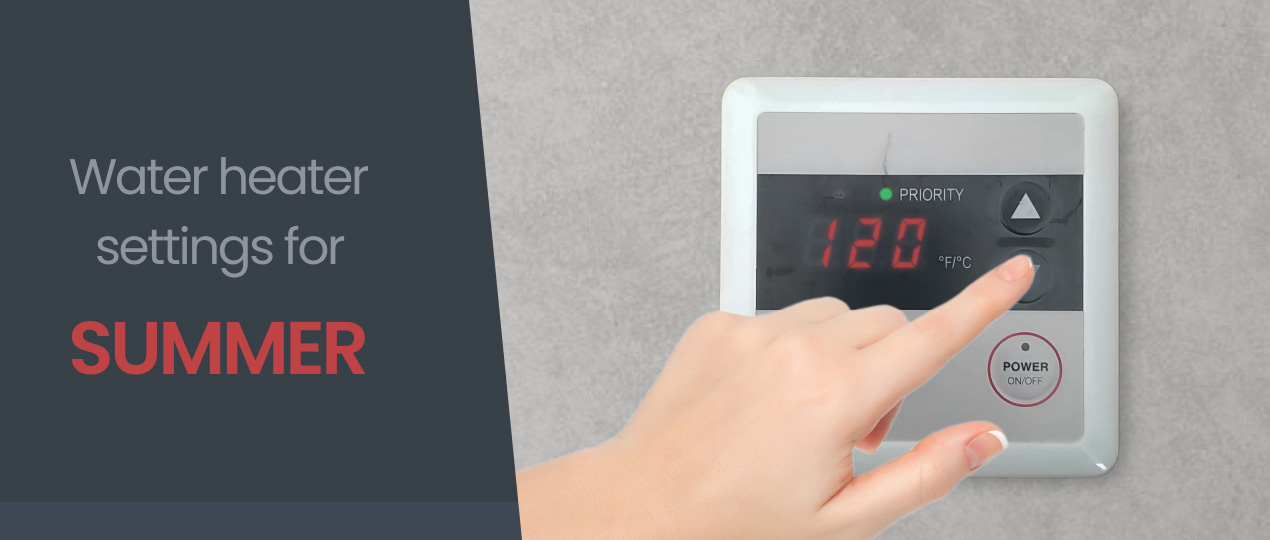
A tankless water heater is a valuable investment that provides continuous hot water while improving energy efficiency. However, like any appliance, it requires regular maintenance to ensure optimal performance. This article outlines a structured tankless water heater maintenance checklist to help homeowners extend the lifespan of their unit. From cleaning the inlet filter to checking for leaks, we’ll cover all essential tasks.
Cleaning the water heater inlet filter
The inlet filter is a crucial component of your tankless water heater. Its primary function is to prevent dirt, sediment, and mineral buildup from entering the unit.
Cleaning this filter is a straightforward process that requires minimal tools. Follow these steps to ensure proper maintenance:
- Turn off the power and water supply Shut off both the cold-water supply valve and the hot-water outlet valve to prevent leaks or accidental water flow.
- Locate the inlet filter The filter is typically positioned near the cold-water inlet connection. If you’re unsure of its exact location, refer to the manufacturer’s manual for guidance.
- Remove the filter carefully Using pliers or a wrench, unscrew the filter from its housing. Be gentle to avoid damaging the filter’s mesh or threads.
- Rinse under running water Hold the filter under a stream of warm water to dislodge any trapped particles. Use a soft brush or an old toothbrush to gently scrub away stubborn deposits. Avoid using harsh chemicals, as they can damage the filter material.
- Reinstall the filter Place the filter back into its housing, ensuring it is securely fastened. Avoid overtightening, as this can damage the threads or make future removal difficult.
- Turn the water and power back on Open the shut-off valves and restore power to the unit. Run the water for a few minutes to check for proper flow and ensure no leaks are present.
Cleaning should be performed every three to six months, depending on water quality.
Checking for leaks and corrosion
Leaks and corrosion are two of the most common issues that can compromise the efficiency and lifespan of your appliance. Regular inspections help prevent costly repairs. Key areas to check:
- Connections Look for drips or moisture around pipe joints.
- Internal components Inspect for rust or mineral buildup inside the unit.
- Condensate drain Ensure proper drainage to prevent moisture accumulation.
If you notice leaks or corrosion, addressing them promptly can prevent system failure. 
Testing and adjusting water temperature
Maintaining the correct water temperature ensures efficiency and comfort. An incorrect setting can lead to excessive energy use or insufficient hot water.
How to check water temperature:
- Run hot water from the tap Choose a faucet closest to the heater and let the water run for at least one minute to ensure you’re getting an accurate temperature reading.
- Use a thermometer Hold a digital or infrared thermometer under the running water stream to measure the temperature.
- Compare with the display Most modern tankless water heaters have a digital temperature setting. Compare the thermometer reading with the heater’s display to ensure they match.
- Adjust the temperature If the water is too hot or too cold, locate the thermostat on your water heater’s control panel and make adjustments
Testing the temperature every few months ensures consistent performance and prevents overheating.
Flushing your system
Over time, minerals from hard water, primarily calcium and magnesium, accumulate inside the heat exchanger. This buildup, known as scaling, restricts water flow and can cause the equipment to overheat. Regular flushing removes these deposits, ensuring your unit operates smoothly and efficiently.
Here’s how to do it:
- Turn off the power and water supply.
- Connect a descaling pump and hoses to the service ports.
- Prepare a solution of white vinegar or descaling fluid.
- Pump the solution through the system for about 45 minutes.
- Flush with clean water to remove any remaining residue.
- Disconnect the hoses and restore power and water supply.
This process should be done once a year to prevent scale buildup and improve efficiency.
Get expert help from Superior HVAC Service
Routine maintenance keeps your tankless water heater performing efficiently, but some tasks require expert handling. Superior HVAC Service offers professional inspections, flushing, and repairs. Our skilled technicians diagnose issues early, prevent costly breakdowns, and extend the lifespan of your equipment. Contact us today to schedule your maintenance appointment and enjoy reliable hot water year-round.
We can handle various issues, ensuring your Water Heater works at its best.
Order the best specialist in Canada Now (866) 545-6460
REFERENCES
1. Barot, R. S., Patel, P., Patel, A., & Patel, A. (2020). Corrosion prevention and industrial economic analysis aspects for water heater. Materials Today: Proceedings, 28, 1795-1800. https://doi.org/10.1016/j.matpr.2020.05.196
2. Brozyna, K., & Rapport, A. (2012). Measure Guideline: Transitioning to a Tankless Water Heater (No. NREL/SR-5500-54562; DOE/GO-102012-3568). National Renewable Energy Lab.(NREL), Golden, CO (United States). https://www.osti.gov/biblio/1052903



